Nikon AF-S Nikkor 20mm f/1.8G ED Review

Introduction
The Nikon AF-S Nikkor 20mm f/1.8G ED is a compact and affordable ultra-wide-angle prime lens. This lens features a Nano Crystal coating to reduce reflections, Silent Wave Motor (SWM) for quiet focusing, 13 elements in 11 groups including two Extra-low Dispersion (ED) glass elements and two aspherical lens elements (AS), and a closest focusing distance of 0.2m. The Nikon AF-S Nikkor 20mm f/1.8G ED is available for £679.99 / €809.00 / $799.95, in the UK, Europe and USA respectively.
Ease of Use
The Nikon AF-S Nikkor 20mm f/1.8G ED is a fairly compact and lightweight full-frame wide-angle prime lens, weighing in at 355g. While you can use it on a DX body for a 30mm equivalent angle of view, it won't balance quite so well. As demonstrated by the images below, it's better suited to a camera like the new professional-grade, full-frame D750, where it feels more at home.
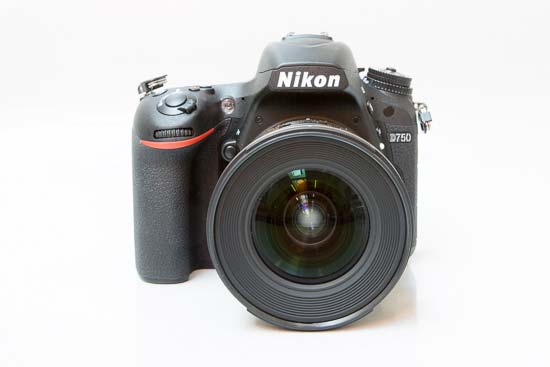 The Nikon AF-S Nikkor 20mm f/1.8G ED lens mounted on a Nikon D750
The Nikon AF-S Nikkor 20mm f/1.8G ED lens mounted on a Nikon D750
 The Nikon AF-S Nikkor 20mm f/1.8G ED lens mounted on a Nikon D750
The Nikon AF-S Nikkor 20mm f/1.8G ED lens mounted on a Nikon D750
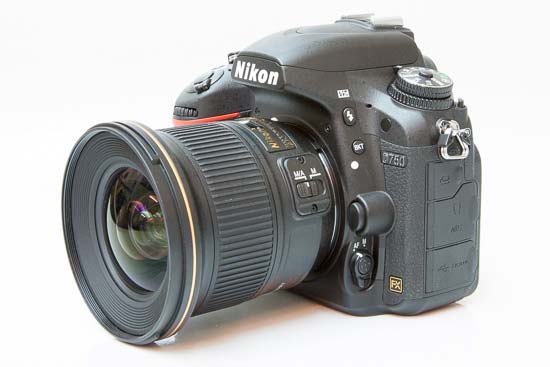 The Nikon AF-S Nikkor 20mm f/1.8G ED lens mounted on a Nikon D750
The Nikon AF-S Nikkor 20mm f/1.8G ED lens mounted on a Nikon D750
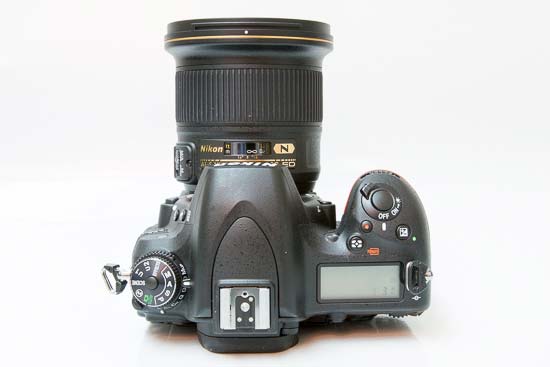 The Nikon AF-S Nikkor 20mm f/1.8G ED lens mounted on a Nikon D750
The Nikon AF-S Nikkor 20mm f/1.8G ED lens mounted on a Nikon D750
Build quality is very good. The Nikon AF-S Nikkor 20mm f/1.8G ED feels solid in your hand, even if the outer barrel and the filter thread appear to be plastic. The focusing ring is just as wide as it needs to be, and has a ridged, rubberised grip band. As this is a G series lens, it has no aperture ring – no big deal unless you wanted to use it on a very old film body.
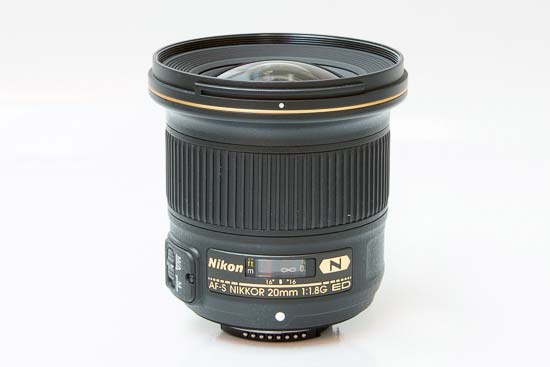 Front of the Nikon AF-S Nikkor 20mm f/1.8G ED lens
Front of the Nikon AF-S Nikkor 20mm f/1.8G ED lens
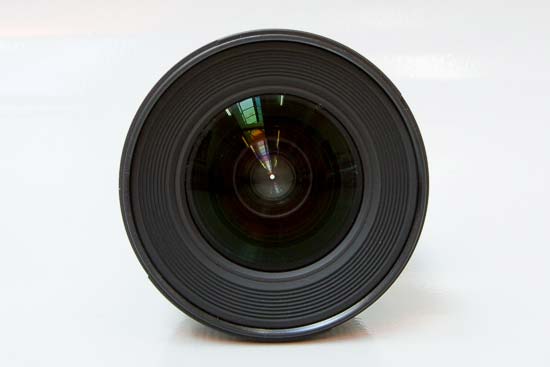 Front of the Nikon AF-S Nikkor 20mm f/1.8G ED lens
Front of the Nikon AF-S Nikkor 20mm f/1.8G ED lens
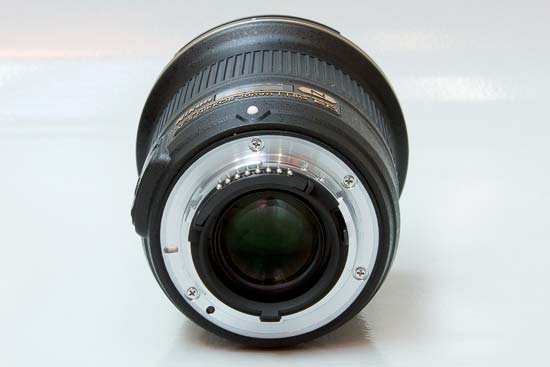 Rear of the Nikon AF-S Nikkor 20mm f/1.8G ED lens
Rear of the Nikon AF-S Nikkor 20mm f/1.8G ED lens
The Nikon AF-S Nikkor 20mm f/1.8G ED features a distance scale complete with a DOF scale, although the latter is of limited use, having markings for f/16 only.
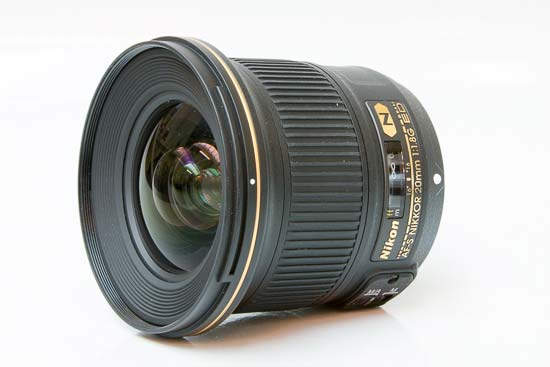 Side of the Nikon AF-S Nikkor 20mm f/1.8G ED lens
Side of the Nikon AF-S Nikkor 20mm f/1.8G ED lens
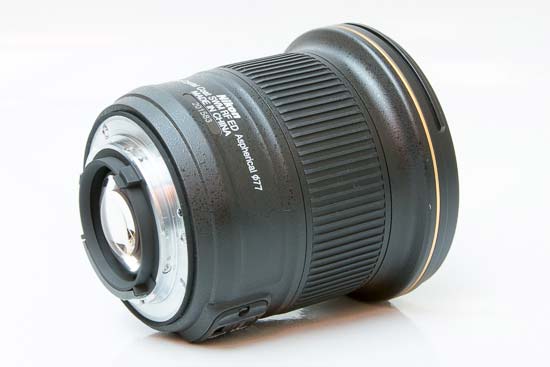 Front of the Nikon AF-S Nikkor 20mm f/1.8G ED lens
Front of the Nikon AF-S Nikkor 20mm f/1.8G ED lens
 The Nikon AF-S Nikkor 20mm f/1.8G ED lens in-hand
The Nikon AF-S Nikkor 20mm f/1.8G ED lens in-hand
Since the Nikon AF-S Nikkor 20mm f/1.8G ED does not have Vibration Reduction, the only control on the lens barrel is a focus mode switch with the usual M/A and M settings.
Note that the Nikon AF-S Nikkor 20mm f/1.8G ED is not sealed against dust and moisture.
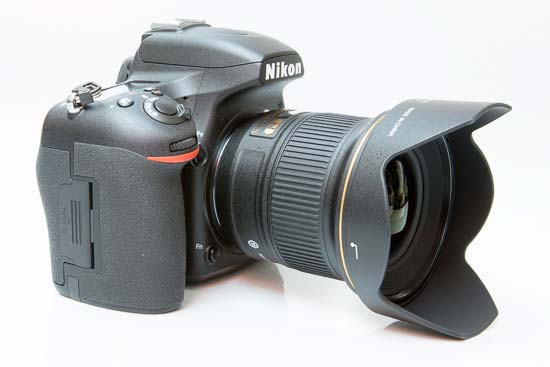 The Nikon AF-S Nikkor 20mm f/1.8G ED lens with the supplied lens hood fitted
The Nikon AF-S Nikkor 20mm f/1.8G ED lens with the supplied lens hood fitted
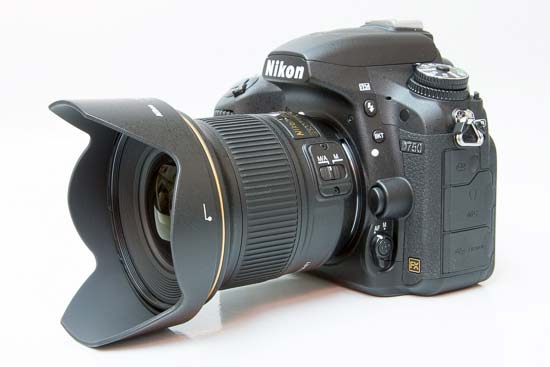 The Nikon AF-S Nikkor 20mm f/1.8G ED lens with the supplied lens hood fitted
The Nikon AF-S Nikkor 20mm f/1.8G ED lens with the supplied lens hood fitted
The lens ships with the dedicated petal-shaped HB-72 hood, and the CL-1015 Flexible Lens Pouch.
Auto-focus
The Nikon 24mm f1.4 features a Silent Wave Motor (SWM) that allows near-silent auto-focusing on all Nikon DSLRs. Importantly, this solution allows instant manual override even when the focus mode switch is in the M/A position. Focusing is fully internal, meaning the length of the lens always remains constant.
In use, we found the focusing to be indeed very-very quiet, and pretty fast – but definitely not instantaneous –, with the lens mounted to a Nikon D750 body.
Chromatic Aberrations
Chromatic aberrations, typically seen as purple or blue fringes along contrasty edges, are impressively well controlled with this lens – the examples below show the worst-case scenario.
 |
 |
Light Fall-off
With the lens wide open, you can see some very noticeable light fall-off in the corners. Stopping down helps, although to completely get rid of this phenomenon, you will need to use an f-stop of f/5.6 or smaller.
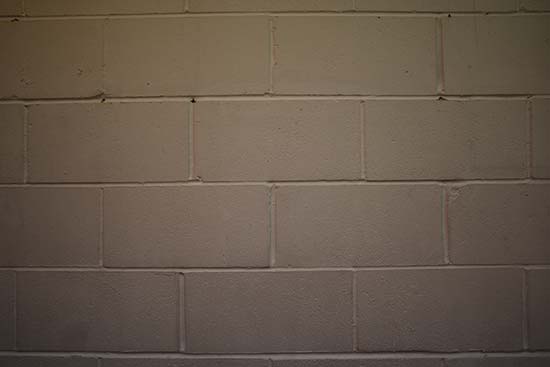
Flare

Flare is a typical problem with ultrawide lenses, so we were curious to find out how the Nikon AF-S Nikkor 20mm f/1.8G ED fared in this respect. As this example shows the Nano Crystal Coat is effective in preventing veiling flare, but it cannot fully eliminate unwanted reflections when shooting into the sun. There is quite a large flare spot – which you can see better in the crop below – as well as a couple of rainbow dots, such as the one in the second crop presented here.
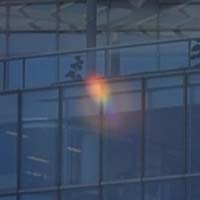 |
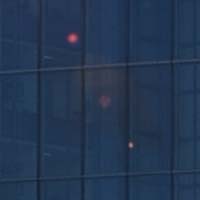 |
Macro
The Nikon AF-S Nikkor 20mm f/1.8G ED is not a macro lens, but usefully the close-focus point is at 20cm from the film/sensor plane. The following example illustrates how close you can get to the subject, in this case a CompactFlash card.
 Close-up performance
Close-up performance
Bokeh
Bokeh is a word used for the out-of-focus areas of a photograph, and is usually described in qualitative terms, such as smooth / creamy / harsh etc. The Nikon AF-S Nikkor 20mm f/1.8G ED has an iris diaphragm with 7 rounded blades for a fairly pleasing rendering of the out-of-focus highlights. Below you'll find some examples, but you are also encouraged to check out our sample images.
 |
 |
Sharpness
In order to show you how sharp this lens is, we are providing 100% crops on the following page.
